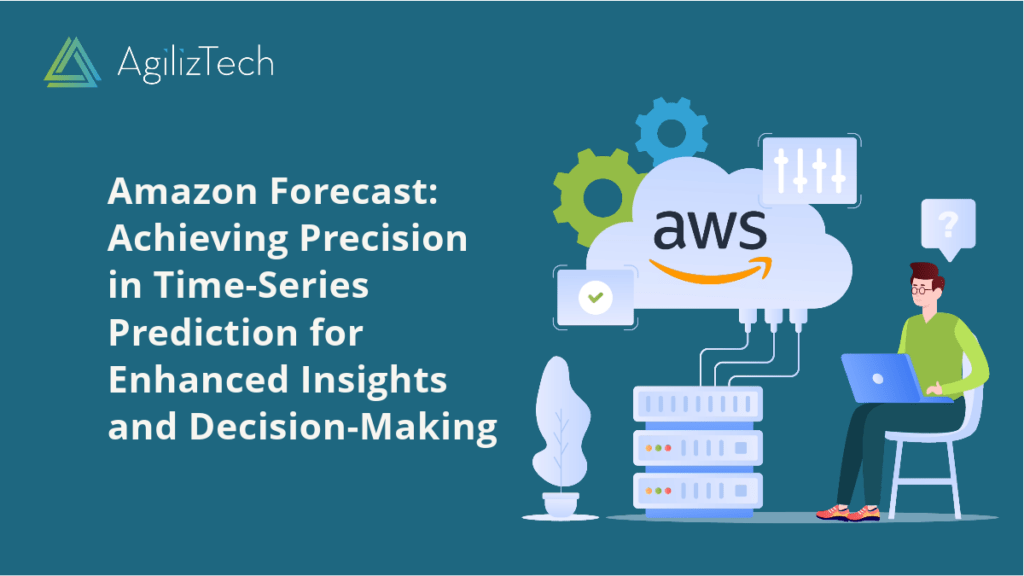
Amazon Forecast: Precision in Time-Series Prediction
Time-series forecasting is a challenging task that requires complex models and large datasets. However, with Amazon Forecast, you can simplify this process and get accurate predictions for your business needs. Amazon Forecast is a fully managed service that uses machine learning to generate forecasts based on historical data and other variables. You can use it for various use cases, such as demand planning, inventory optimization, resource allocation, and anomaly detection. This post will show you how to start with Amazon Forecast and leverage its features and benefits.
Getting Started
First, you must create a dataset group and import your historical data into Amazon Forecast. You can use the AWS console, the AWS CLI, or the AWS SDKs. You can also use built-in data connectors to import data from Amazon S3, Amazon Redshift, or Amazon Athena. Your data should include a timestamp column, a target value column, and any other relevant features that can influence your forecasts.
Next, you need to create a predictor and train a forecasting model. It will automatically select the best algorithm for your data and optimize its hyperparameters. You can also choose from a list of predefined algorithms or provide your custom algorithm. You can also specify how far ahead you want to forecast and how often you want to generate forecasts.
Finally, you need to create a forecast and query the results. You can use the AWS console, the AWS CLI, or the AWS SDKs. You can also use the Amazon Forecast Query API to programmatically access your forecasts. You can view various metrics and visualizations to evaluate the accuracy and quality of your forecasts. You can also export your forecasts to Amazon S3 or consume them in other AWS services.
What Amazon Forecast Offers
Amazon Forecast is a powerful tool that can help you make better decisions based on data-driven insights. You can benefit from:
- High accuracy: Uses advanced machine-learning techniques to capture complex patterns and trends in your data.
- Scalability: Handle large volumes of data and generate forecasts for millions of items.
- Flexibility: Handle different types of data and forecasting scenarios, such as seasonal, intermittent, or irregular patterns.
- Ease of use: Does not require machine learning expertise and provides a simple and intuitive interface.
- Cost-effectiveness: Charges you only for what you use and offers a free tier for the first two months.
To learn more about Amazon Forecast, visit the official documentation or check out some of the sample notebooks and tutorials on GitHub. You can also try out the service for free with the AWS Free Tier. Start forecasting today with Amazon Forecast!


